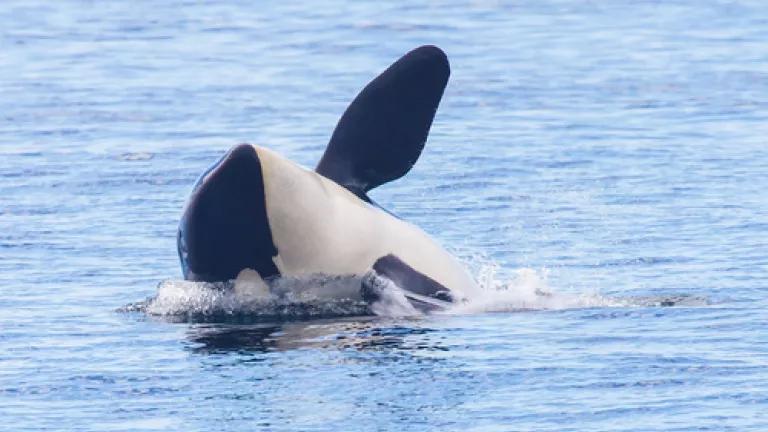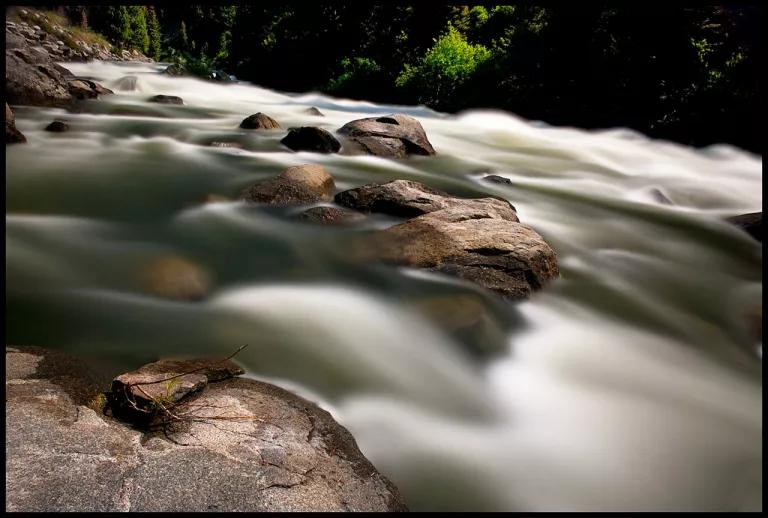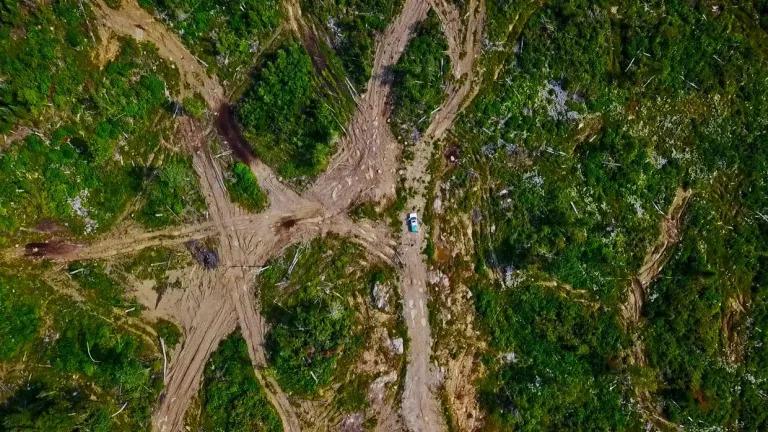
The key to saving Southern Resident killer whales may lie nearly 1,000 miles from Puget Sound in the wilderness of central Idaho. A recent study led my Michael Ford, Director of the Conservation Biology Program at the Northwest Fisheries Science Center, has confirmed what has long been suspected: Chinook salmon dominate the summer diet of Southern Residents. (NOAA's still analyzing their winter diet.)
We have known for some time that there is a strong and direct connection between the fecundity (ability to produce healthy calves) of the Southern Resident killer whales and the prevalence of their favorite food. Indeed, a recent increase in Chinook numbers likely contributed to the 2015 Southern Resident baby boom. But if the new calves are to survive and the Southern Residents are to return to their historic numbers, they'll need more fish. A lot more fish. The two species' survival is intimately intertwined.

Salmon are born in mountain streams, travel out to the ocean to live their adult lives, and then return to the river where they began to lay their eggs. On their trip home, some travel short distances, others far. Some climb just a few hundred feet, others swim against the flow of the river to reach heights you or I would be hard pressed to hike on smooth trails. Perhaps the greatest salmon climbers in the world are right here in the US. The Snake River spring/summer Chinook leave the ocean and swim all the way to Idaho.
If I was an anadromous fish, I'd swim to Idaho too. Here's why.

Snake River spring/summer Chinook travel about 1,000 miles from the ocean and climb nearly 7,000 feet to reach their spawning grounds in central Idaho. There, in the rivers and streams of the Frank Church Wilderness, they are rewarded with the most pristine habitat remaining in the Lower 48. The high elevation and persistent snow pack in Idaho creates a cold refugia, uniquely buffered from the effects of climate change.
High-elevation, cold-water refuges are a key to ensuring the long-term success of important salmon species. Dan Isaak and Mike Young, fisheries biologists with the U.S. Forest Service, call these areas the "climate shield." The EPA, NOAA, and the State of Oregon have committed to identifying and mapping these cold water areas. "Cold water is the lifeblood of these fish," said Will Stelle, West Coast Regional Administrator of NOAA Fisheries in a recent press release.
Identifying these locations is just step one. The fish need to be able to reach these cool streams and to survive their journey to the ocean when they leave. In the hotter future, more moisture will fall as rain instead of snow, reducing spring floods and making it even more difficult for fish to negotiate their way--and the dams--on the Snake and Columbia rivers. To see what the future might bring, look no further than this past summer when 250,000 salmon perished in the Columbia River Basin due to low river flow and high water temperatures. Don Chapman, fish biologist and expert, has written about this past summer's salmon decline, a harbinger of hard times to come.
To restore and protect Chinook salmon and the magnificent whales that depend on them we must safeguard these cool streams of Idaho, ensure that adult fish can reach them, and work so that juvenile salmon can safely migrate out to the ocean to start the cycle anew.
This blog was written by NRDC intern Caitlin Soden with only small edits and a few additions from me.




